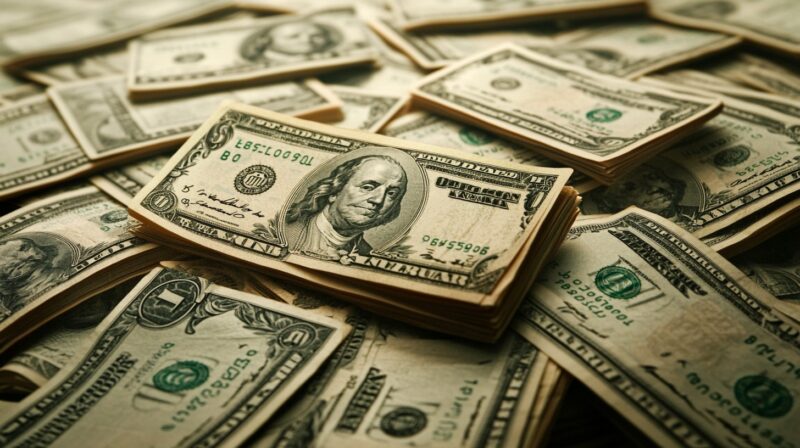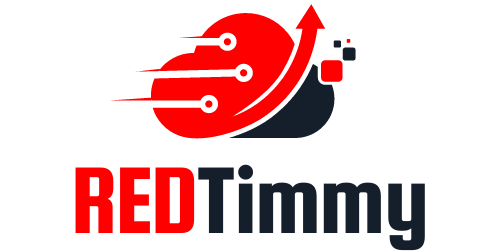An owner’s draw is more than just a way to get your profits. It’s a key part of managing your business money. It lets business owners take money out for personal use without dealing with payroll taxes right away. Knowing about owner’s draws is key for managing your cash flow and improving your financial plan.
Whether you run a sole proprietorship, partnership, or LLC, understanding how these draws work is important. It affects your taxes and how you report your earnings.
Key Takeaways
- An owner’s draw allows business owners to take money from business profits for personal use.
- Unlike a salary, it is not subject to payroll taxes at the time of withdrawal.
- Understanding your business structure is crucial when handling draws and payroll.
- It can significantly influence your cash flow management strategies.
- Business owners must be aware of how it affect taxation and reporting responsibilities.
How Does it Work
Understanding owner’s draw is key for business owners. It lets you take profits out without the usual salary rules. Let’s dive into what it means, how it works, and its use in different businesses.
It’s important to know that these withdrawals come from the business profits. You track your income and expenses to figure out how much you can take. You can take money out at different times, like monthly, quarterly, or yearly. Keeping good financial records is key to avoid taking too much and causing cash flow problems.
Owner’s draw means taking money from your business for personal use, not as a salary. Unlike regular employees, owners don’t get a set paycheck. They take money based on how well the business does. This way, it’s flexible but has tax rules, avoiding payroll taxes.

Types of Businesses That Can Utilize it
Many businesses use owner’s draw, especially Sole Proprietorships and LLCs. In a sole proprietorship, the owner gets the profits directly, making draws easy. LLCs also offer flexibility, letting owners take money out as they wish. Each type has its own benefits, like liability and tax rules, so picking the right one is important for your business goals.
Impact on Payroll
Choosing between an owner’s draw and a salary changes how you handle payroll and your business’s financial health. Each method affects Business Taxation, cash flow, and your financial statements differently. Knowing these differences helps you make smart choices for your personal and business finances.
Owner’s Draw vs. Salary: Key Differences

- Tax Treatment: Salaries are taxed through payroll. Draws affect your personal income tax, reported on your tax return.
- Consistency: Salaries offer steady, predictable payments. Owner’s draws can change with the business’s success.
- Impact on Cash Flow: Owner’s draws are taken based on cash on hand, helping manage cash flow.
How an Owner’s Draw Affects Business Taxation
It’s important to know how an owner’s draw affects Business Taxation. Unlike salaries, which have payroll taxes, owner’s draws don’t directly incur taxes during distribution. Your taxes come from your business income. Keeping accurate records of your draws is key for your taxes. Not doing so can lead to surprise tax bills later.
Cash Flow Management

Managing cash flow well is crucial with owner’s draws.
- Keep a close eye on your business income to figure out a safe draw amount.
- Have a safety net for expenses and taxes to avoid financial trouble.
- Check your cash flow often and adjust your draw as needed for a balanced business.
| Aspect | Owner’s Draw | Salary |
|---|---|---|
| Tax Treatment | Personal income tax, no payroll taxes | Subject to payroll taxes |
| Predictability | Variable, depends on business cash flow | Consistent, regular payment |
| Impact on Cash Flow | Flexible based on available cash | Fixed costs that can strain cash flow |
The Bottom Line
Knowing about an owner’s draw helps you adjust your financial plans. This flexibility can help your business grow and give you personal financial benefits. When deciding on this one, make sure it fits with your financial goals.
An owner’s draw is a strong financial tool. Using what you’ve learned from this article will help your business’s finances. It will help you manage your money better, leading to growth and better financial health.
Also Read: It’s helpful to look at insights from manager interview questions, as they can provide valuable perspectives on effective leadership and financial management.

